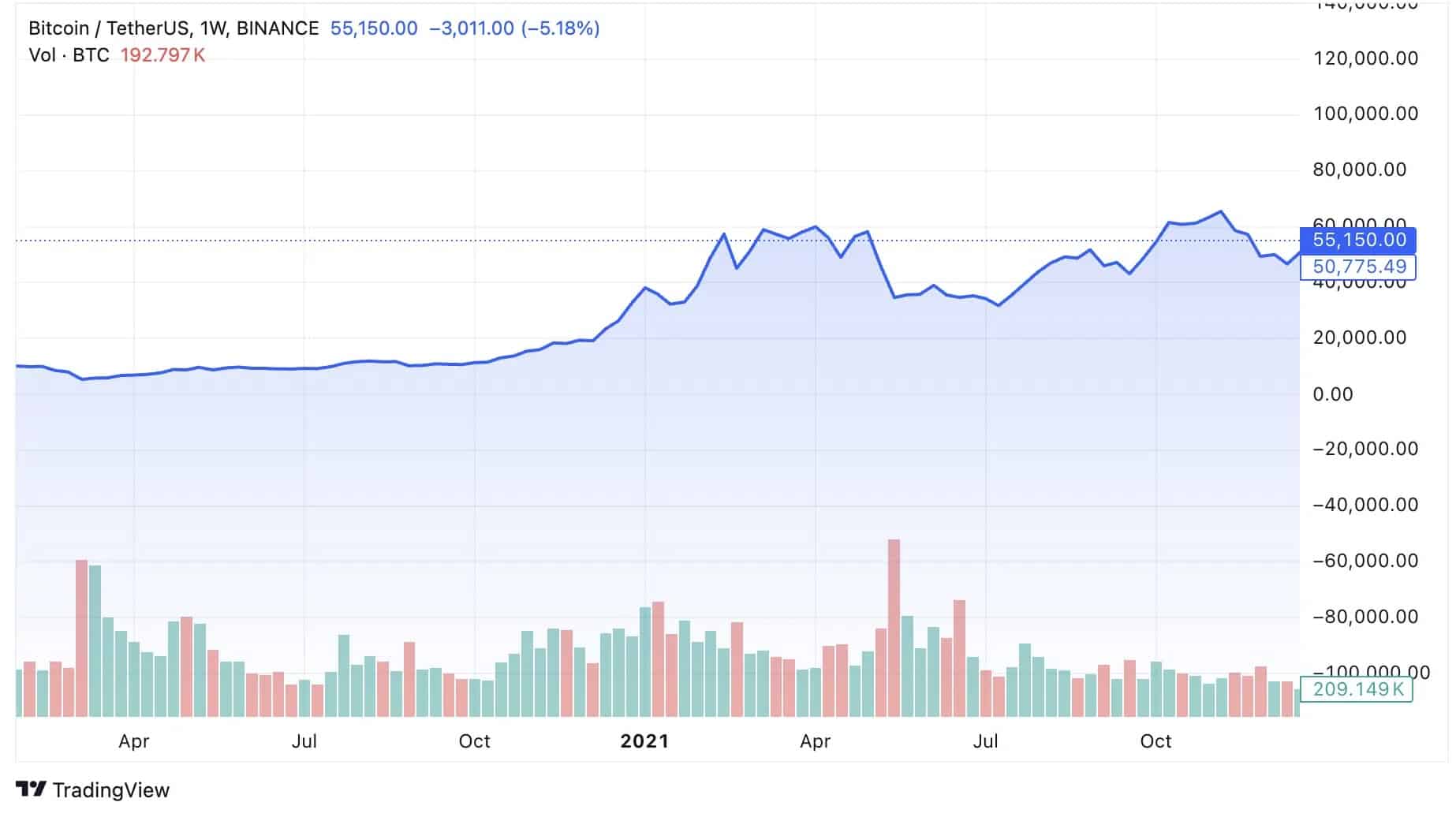August 5 marked a challenging period for investors as financial markets faced significant downturns. Bitcoin Pattern, concerns over rising interest rates, geopolitical tensions, upcoming elections, inflation, and recession threats compounded into a volatile market environment. Reports indicate Japan’s benchmark index plummeted over 12%, marking the worst drop since 1987. The Dow Jones fell by more than 1,000 points, a 2.6% decrease, while the Nasdaq dropped by 3.5%. Major tech companies, including Alphabet, Amazon, Apple, Meta, Microsoft, Nvidia, and Tesla, collectively lost $650 billion in market cap.

The cryptocurrency market mirrored this turmoil. Bitcoin dipped below $50,000, hitting $49,578—a level not seen since February 2024. Yet, Bitcoin exhibited resilience, swiftly rebounding to $56,000 and stabilizing around $55,000 by August 6. The broader crypto market experienced a buying surge, with the market cap increasing nearly 8% within 24 hours, reaching $1.99 trillion as of August 6.
Bitcoin Pattern: A History of Resilience
Reflecting on March 2020, the world encountered a financial crisis triggered by the COVID-19 pandemic, leading to significant sell-offs and heightened volatility. The crash began in mid-February and worsened through mid-March, with several severe daily drops. Despite central banks cutting interest rates and providing support, US stock markets experienced their largest single-day percentage fall since 1987 on March 12. On March 16, termed ‘Black Monday II,’ global markets again fell by 12-13%.
During this period, Bitcoin was not immune. Trading around $10,000 in February 2020, BTC fell to $9,000 in early March and further declined to around $5,000 by March 13. This sharp drop paralleled the panic in traditional markets. However, Bitcoin’s pattern revealed remarkable recovery. By June 2020, BTC had regained its $10,000 level and continued to rise, closing the year around $28,000. In 2021, Bitcoin achieved a new high of $69,000 in November, about 14 times its March 2020 low.

Today, amid another wave of financial turbulence, Bitcoin’s historical patterns suggest potential for recovery. During the COVID-19 crisis, many projects continued to develop and launch new features, maintaining interest and investment. The growth of decentralized finance (DeFi) platforms offered new investment avenues, aiding market recovery.
Despite current challenges, the crypto market’s adaptive and resilient nature indicates potential for continued growth and innovation.
Bitcoin Pattern: Expert Opinions
As markets stabilize post-crash, experts are offering their insights on future developments. Michaël van de Poppe, a renowned crypto analyst, notes the subtle occurrence of quantitative easing (QE). QE involves central banks purchasing government securities to inject more money into the economy. Van de Poppe highlights that about $30 billion will be added each month through Treasury Buyback Operations. Increased money supply typically leads to lower interest rates and higher investment in riskier assets like Bitcoin, aiding its recovery from current volatility and uncertainty.

Raoul Pal, co-founder and CEO of Real Vision, attributes current market volatility to significant supply changes from past cycles and various entities offloading their holdings. These include the FTX estate, Mt. Gox, Germany, GBTC, and Jump, along with new project unlocks and tokens. Despite these challenges, Pal remains optimistic, suggesting the market will eventually absorb these overhangs, leading to improved conditions once these legacy issues are resolved.
Bitcoin Pattern: Learning from History
Bitcoin’s history demonstrates a pattern of resilience and recovery. Despite recent market upheavals, the future holds potential for growth. By examining past patterns and monitoring current trends, investors can better navigate the unpredictable crypto market. Bitcoin has bounced back before, and with the right strategies and favorable conditions, it can do so again.
Stay updated with TheBITJournal for more insights on the Bitcoin pattern and the broader crypto industry.




























